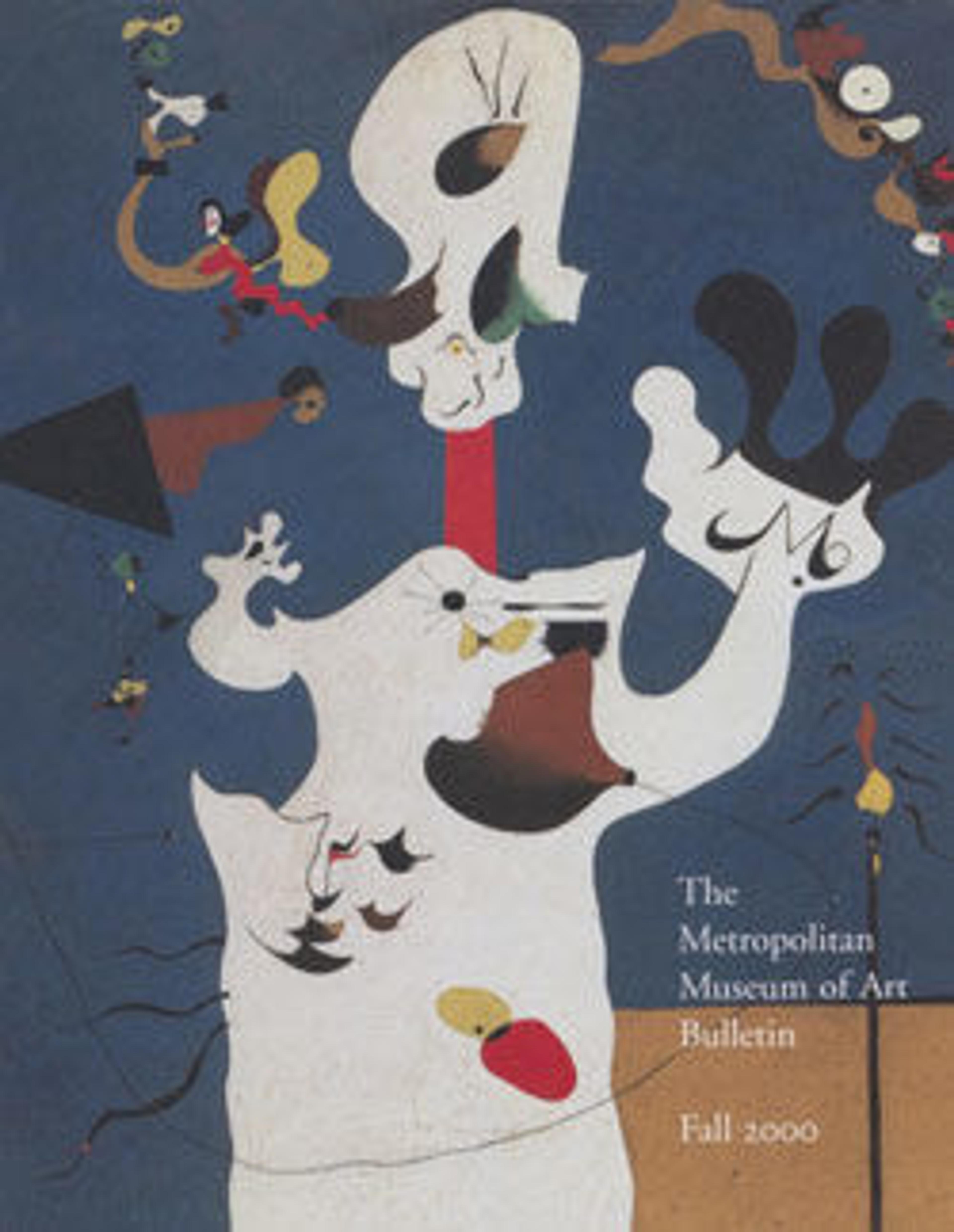The Annunciation
The decoration of the Chapel of the Trinity at the chateau of Fontainebleau occupied the senior artists of the French court for many years. Following the deaths of Toussaint Dubreuil in 1602 and Étienne Dumonstier II in 1603, Henri IV summoned Fréminet back from Italy to take over the project. This recently discovered sheet was an early idea for the lunette depicting the Annunciation above the high altar.
Typical of Fréminet’s style of Mannerist revival is the inverted composition, where the central figures of the Virgin and the archangel Gabriel are calm and diminutive in the middle ground while the foreground corners of the lunette are filled with densely packed subsidiary figures in poses of elegant contortion. Fréminet’s muscular, Michelangesque style had a strong impact on the development of the second school of Fontainebleau.
A large presentation drawing by Fréminet in the Louvre, Paris for the high altar shows the lunette as it was painted, with some changes from the Metropolitan’s study, most notably the figure of the angel Gabriel was changed to standing. However, the altar was ultimately built to a different design, begun eleven years after Fréminet’s death, which obscured a large portion of the Annunciation fresco.
Typical of Fréminet’s style of Mannerist revival is the inverted composition, where the central figures of the Virgin and the archangel Gabriel are calm and diminutive in the middle ground while the foreground corners of the lunette are filled with densely packed subsidiary figures in poses of elegant contortion. Fréminet’s muscular, Michelangesque style had a strong impact on the development of the second school of Fontainebleau.
A large presentation drawing by Fréminet in the Louvre, Paris for the high altar shows the lunette as it was painted, with some changes from the Metropolitan’s study, most notably the figure of the angel Gabriel was changed to standing. However, the altar was ultimately built to a different design, begun eleven years after Fréminet’s death, which obscured a large portion of the Annunciation fresco.
Artwork Details
- Title:The Annunciation
- Artist:Martin Fréminet (French, Paris 1567–1619 Paris)
- Date:ca. 1610–15
- Medium:Black chalk, pen and brown ink, brush and gray wash, heightened with white. The architectural elements along the upper margin, including the cornice and the coat of arms, were drawn on a separate sheet, silhouetted and laid down.
- Dimensions:7 9/16 x 11 5/16 inches (19.3 x 28.8 cm)
- Classification:Drawings
- Credit Line:Purchase, Gift from the family of Howard J. Barnet, in his memory, 2000
- Object Number:2000.20
- Curatorial Department: Drawings and Prints
More Artwork
Research Resources
The Met provides unparalleled resources for research and welcomes an international community of students and scholars. The Met's Open Access API is where creators and researchers can connect to the The Met collection. Open Access data and public domain images are available for unrestricted commercial and noncommercial use without permission or fee.
To request images under copyright and other restrictions, please use this Image Request form.
Feedback
We continue to research and examine historical and cultural context for objects in The Met collection. If you have comments or questions about this object record, please contact us using the form below. The Museum looks forward to receiving your comments.
